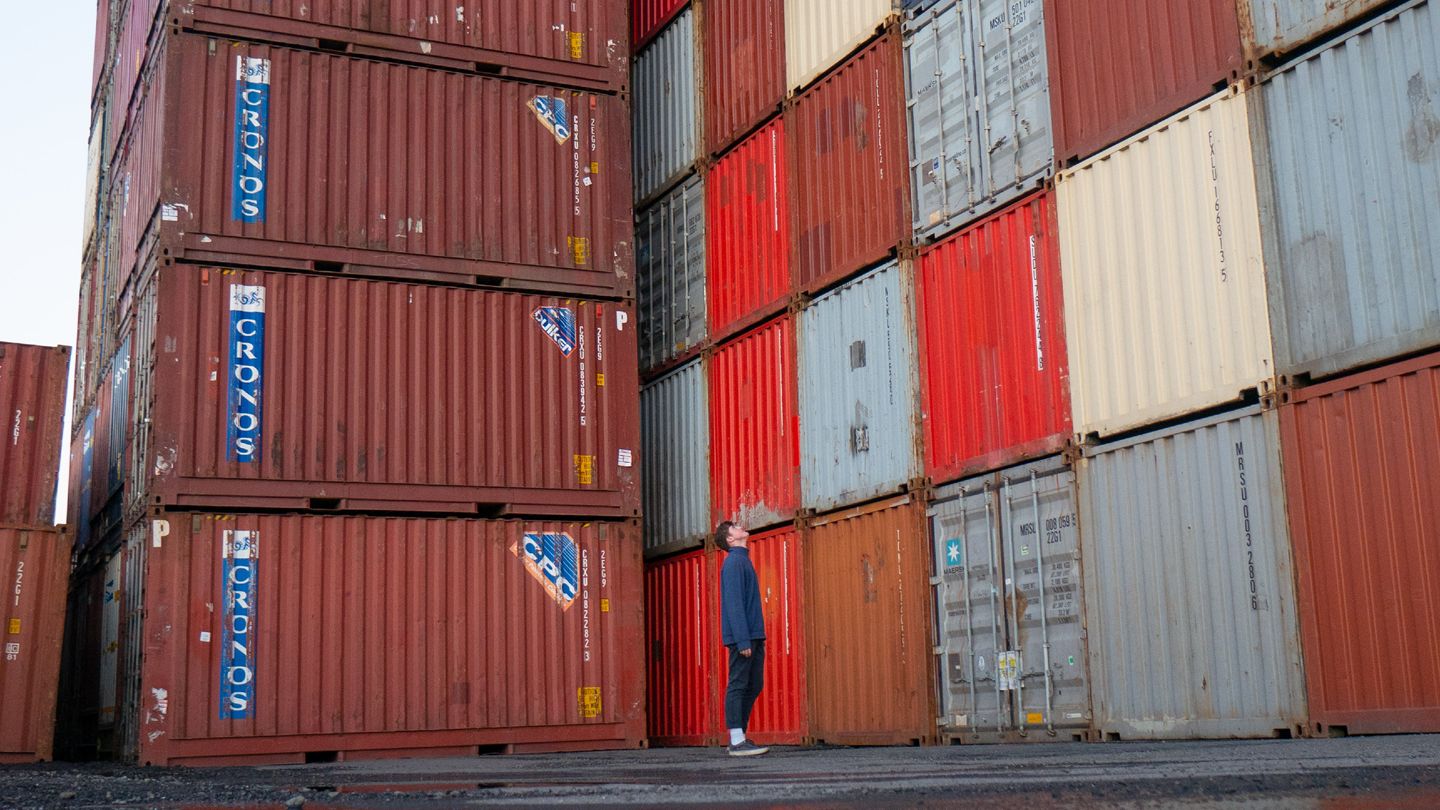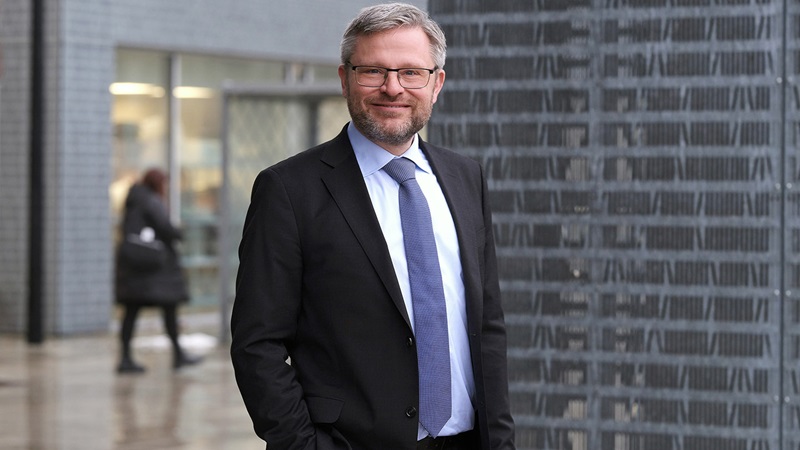
Following the overheating and high inflation of 2023, the global economy continues to make progress towards normalisation. Inflation continues to decline, and the US economy is a source of hope. Here, inflation seems almost tamed without the economy having gone through a recession.
However, there are still bumps in the road towards a soft landing.
Inflation remains too high, and we have yet to see the full effect of the monetary policy tightening. On top of that, we are likely to see a period of weaker growth in China, which is normally an important driver of global growth, and the geopolitical tensions are creating uncertainty for businesses.
In the euro area, the economy fared better than expected. Overall economic activity increased driven by a strong service sector while the manufacturing sector struggled with declining activity. However, the outlook for the remainder of the year has clouded as the service sector has started to show signs of weakness.
Denmark: Problems lurking below a calm surface
Denmark’s economy is characterised by low unemployment, solid GDP growth and a decent outlook for private consumption.
Yet, several areas of concern remain. Growth is decent but not broad based, and largely driven by Novo Nordisk and other pharmaceutical firms, while production across the rest of the industrial sector is falling.
A number of construction companies are feeling the pinch, and bankruptcy numbers are approaching financial crisis levels – even if the reason for many companies going under is delayed pandemic effects.
Inflation has fallen more in Denmark than in many other places, but it is being pulled lower by energy prices, other prices are continuing to rise at a fast clip, so overall inflation may soon rise again if there is no downshift here.




.png?h=70&iar=0&w=70&rev=c7972b934bdc4f53bd1d322e4bc5984c&hash=06CE2A1C9366967C0E72E2133E5B2305)